Para Lorenzo Quinn, la escultura es principalmente un arte de comunicación, un medio a través del cual conseguir su objetivo de ayudar a la gente a evolucionar en valores como la tolerancia, la comprensión y la harmonía. “Hago arte para mí mismo y para la gente que desea acompañarme en un paseo a través de mis sueños”, dice Lorenzo. “La forma en que vivimos nuestra propia vida, es de suma importancia. Es por esto que la mayor parte de mi trabajo tiene que ver con los valores y las emociones”.
Nacido el 7 de mayo de 1966 en Roma hijo del actor Anthony Quinn y su segunda esposa Iolanda Addolori, Su infancia se dividió entre Italia y los Estados Unidos. Su padre tuvo una profunda influencia sobre su carrera, ya que ambos han vivido y compartido la experiencia del mundo del cine y del arte.
Lorenzo Quinn estudió en la American Academy of Fine Arts de Nueva York, con la intención de ser un pintor surrealista. Sin embargo, a los 21 años, decidió que su futuro estaba en la escultura, la cual podría adaptar mejor su energía y originalidad. Él recuerda tímidamente el momento en 1989, cuando sintió que había creado su primera obra de arte genuina: “Yo había hecho un torso del dibujo de Adán de Miguel Ángel… un trabajo artesano…. Tuve una idea y empecé a modelar, y Eva salió del cuerpo de Adán…. Había empezado como un trabajo puramente académico, y al final, se había convertido en una obra de arte. ”
En 1988 Quinn se casó con Giovanna Cicutto, y tras el nacimiento del primero de sus tres hijos decidieron abandonar Nueva York – un lugar que “endurece tus valores humanos “- y se instalaron en España. “Hemos elegido España por su carácter latino, su fervor, la forma en que se valora a las personas y a la familia, y por la gran trayectoria artística de este país”, comenta.
Con apenas veinte años Lorenzo Quinn ya contaba con una trayectoria cinematográfica, que aunque breve, le había permitido actuar junto a su padre en Stradivari (1989) o interpretar su aclamada actuación como Salvador Dalí en la película del mismo nombre. Sin embargo, tras la experiencia, no le llenó esta profesión y se centro exclusivamente en la escultura.
Entre los artistas cuya influencia cita Quinn están Miguel Ángel, Bernini y Rodin. Sus ideas creativas salpican la vida: “La inspiración viene en una milésima de segundo”, dice, mientras se deja llevar observando y modelando la energía, del día a día de la vida. “Sin embargo, la realización de un proyecto tarda meses en conseguirse, y ha de transmitir a un claro mensaje”. Lorenzo Quinn generalmente concibe cada obra por escritito. Este texto poético se expondrá junto a la escultura, como parte integral de la pieza y no como una mera explicación.
El trabajo de Lorenzo Quinn está presente en muchas colecciones privadas de todo el mundo, y ha formado parte de innumerable exposiciones internacionales a lo largo de los últimos 20 años. Entre los encargos, se encuentra El Árbol de la vida, creado para las Naciones Unidas, y del cual se estampó un sello en 1993. Al año siguiente, el Vaticano le encargó esculpir una imagen de San Antonio para la Basilica del Santo en Padua, por la conmemoración del 800 aniversario del nacimiento del Santo. La escultura fue bendecida por su santidad el Papa Juan Pablo II en la plaza de San Pedro en Roma, frente a 35.000 personas.
La obra pública de Lorenzo Quinn incluye Encuentros, un monumental globo de cristal, dentro del cual hay una mano apuntando con el dedo índice Mallorca. Esta obra fue inaugurada en 2003 frente al Museo de Arte Moderno de Palma de Mallorca, España. En Birmingham, la obra el Árbol de la Vida, fue instalada en 2005 para homenajear a aquellos que murieron en el bombardeo que sufrió esta ciudad, durante la Segunda Guerra Mundial. Esta obra está situada frente a la iglesia de St. Martin´s. Otros trabajos están expuestos en King Edward´s Wharf – Creación, Volare y Cruzando un Milenio – con característico enfoque a las manos, la forma humana y el círculo.
En noviembre de 2005 una de las mayores esculturas públicas de Lorenzo Quinn, Asciende a Través de la Educación, se instaló en ASPIRE, la Academia del Deporte, en Doha, fue encargada por el Estado de Qatar. Con un peso de 8.000 kilos, este monumento muestra dos manos de adulto, entregando el mundo a la mano de un niño, los brazos forman un círculo por encima de un libro abierto. El comentario del artista sobre la pieza dice: “Un niño es el activo más preciado que tiene nuestro futuro, nuestra obligación es guiarlo…. Es sólo a través de la educación y el conocimiento, que una persona puede dominar su vida“. Lorenzo Quinn, creó una segunda escultura ubicada en el interior de la academia, esta representa la búsqueda de la victoria. Alcanzando el Oro, es una pirámide de siete brazos que salen de una base de arena, las manos se elevan para alcanzar una medalla.
Única entre sus obras como un monumento vivo, es El Legado (2006) fue esculpida para la localidad de Sant Climent de Llobregat, en España. Lorenzo Quinn estaba fascinado por la historia de los cerezos de la ciudad, y decidió hacer una pieza que reflejase esta historia. El tronco del árbol está formado por una mano masculina y otra femenina, de las cuales surgen las ramas cargadas de cerezas simulando la cadena del ADN humano. En esta zona famosa por sus jugosas cerezas, la escultura lleva tantas cerezas en sus ramas como habitantes viven en Sant Climent. Cada año se van añadiendo nuevas cerezas, que representarán los nuevos habitantes.
En 2008 Evolución, una gran exposición de la obra de Lorenzo Quinn, fue elegida para inaugurar las nuevas instalaciones de la Galería Halcyon en Mayfair, Londres. Durante la cual se presentó un importante libro sobre su obra, publicado por la galería. En muchas de las esculturas de “Evolución”, aparece el símbolo que se ha convertido en símbolo de Lorenzo Quinn: la mano humana. “Yo quería esculpir lo que se considera la parte más dura y más difícil técnicamente del cuerpo humano”, explica. “La mano tiene tanto poder – el poder de amar, odiar, crear, destruir. He volcado una vida de experiencia en “Evolución”, se trata de mi pasado, mi presente y mi futuro”.
Le siguió en noviembre de 2009 “Equilibrio”, una exposición de esculturas monumentales de Lorenzo Quinn, coincidiendo con la instalación de Dar y Tomar III en Berkeley Square durante seis meses. El programa incluía varias esculturas nuevas de gran importancia, entre ellas ¿Qué fue primero? – un cuerpo de hombre y otro de mujer de bronce, posicionados en el interior de dos mitades de huevo de mármol y – Home Sweet Home – una figura de mujer acurrucada en un nido de púas de alambre. El título de la exposición refleja la creencia de Lorenzo Quinn: “Es esencial encontrar un equilibrio en la vida. Muchas veces ese equilibrio se logra con la ayuda de las personas que nos rodean, que nos mantienen firmemente en el suelo, y sin los cuales flotaríamos a la perdición. ”
2010 se caracterizó también por varias exposiciones internacionales, entre ellas, la de la Galería Rarity en Grecia, la Galería Marigold en la India, la Galería Rafart en España, la Galería de Arte Heward en Arabia Saudita y la de la Galería Ode to Art de Singapur.
En el verano de 2010, la escultura de Lorenzo Quinn, Vroom Vroom se presentó en el Instituto de Arte Moderno de Valencia y más tarde ese mismo año en la Abu Dhabi, Feria de Arte. En Enero 2011 Vroom Vroom se instaló Park Lane, Londres, como parte del festival de esculturas del Ayuntamiento de Westminster. También en enero del 2011, una versión de tres metros de bronce de la obra Encontrando el Amor, se instaló en la entrada del recién inaugurado edificio de One Hyde Park, en Knightsbridge, coincidiendo con dos ubicaciones públicas más de su serie de esculturas monumentales, la Fuerza de la Naturaleza II en Berkeley Square, Mayfair y Volare en Cadogan Gardens, el Chelsea. Estas cuatro esculturas lanzaron firmemente la exposición pública de la Galería Halcyon a la ciudad de Londres.
En la primavera de 2011, Lorenzo Quinn fue invitado a participar en la primera Biennale di Scultura de Roma, una exposición de escultura al aire libre que tuvo lugar en Roma en Mayo del 2011. Una selección de importantes escultores internacionales fueron elegidos para mostrar obras tanto contemporáneas como históricas. Lorenzo Quinn expuso Dolce Vita, en Casina Valadier, Villa Borghese, de Roma, cerca de la Plaza de España. Lorenzo Quinn dice que para él esta pieza representa la ‘alegría de vivir’ de la edad de La Dolce Vita tal y como se la describió su padre, ”…y la sensación de abandono total del niño que todos llevamos dentro.”
En el verano de 2011 Lorenzo Quinn fue el artista seleccionado para exponer en el pabellón italiano durante la 54ª exposición internacional, Bienal de Venecia. Su poderosa y provocativa instalación, Esto no es un juego, se ubicaba en dos sitios diferentes de la bienal: en el pabellón italiano “el Arsenale “ y en la isla de San Servolo, Venecia. La primera fase de la instalación estaba situada un pontón característico de la isla de San Servolo y consisitía en un auténtico tanque ruso de batalla, un T55, unos soldados de ‘juguete’ a tamaño natural, y unas manos gigantes que daban vida a la obra, sujetando el tanque y los soldados, como lo haría un niño durante su juego. La segunda fase de la instalación estaba ubicada en el pabellón italiano (comisada por Vittoro Sgarbi), y consistía en la reproducción de una pared afectada por un bombardeo, en la que se leía la frase “Esto no es un juego”.
Más tarde en 2011 Lorenzo Quinn fue invitado a exponer las obras Salto de Fe y Mano de Dios en el Palacio de invierno del Museo Hermitage, San Petersburgo. Las esculturas fueron expuestas junto a una exposición e instalación de esculturas al aire libre por Henry Moore. Las instalaciones, comisadas por Ekaterina Lopatkina, comisaria de arte contemporáneo del Museo del Hermitage, coincidieron con ‘Noches Blancas´ el famoso evento anual. La oportunidad de mostrar las dos obras en el Hermitage ha marcado un punto de inflexión en la carrera de Quinn. Su escrito de la obra Salto de Fe dice: El Pasado está escrito sobre piedra, el Presente aún se está tallando en madera y el Futuro es un vaso vacío para llenar con los sueños cumplidos. Esta es una escultura que llama a la reflexión por la necesidad de ser positivo, incluso en los momentos más oscuros, porque siempre queda la esperanza”.
“La vida es una maravilloso viaje interminable….si sabes como vivirla”.
.jpg)
.jpg)
.jpg)
.jpg)
.jpg)
.jpg)
.jpg)
.jpg)
.jpg)
.jpg)
.jpg)
.jpg)
.jpg)
.jpg)
.jpg)
.jpg)
.jpg)
.jpg)
.jpg)
.jpg)
.jpg)
.jpg)
.jpg)
.jpg)
.jpg)
.jpg)
.jpg)
.jpg)
.jpg)
.jpg)
.jpg)
.jpg)
.jpg)
.jpg)
.jpg)
.jpg)
.jpg)
.jpg)
.jpg)
.jpg)
.jpg)
.jpg)
.jpg)
.jpg)
.jpg)
.jpg)






















.jpg)
.jpg)
.jpg)
.jpg)
.jpg)
.jpg)
.jpg)
.jpg)
.jpg)
.jpg)
.jpg)
.jpg)
.jpg)
.jpg)
.jpg)
.jpg)
.jpg)
.jpg)
.jpg)
.jpg)
.jpg)
.jpg)
.jpg)
.jpg)
.jpeg)
.jpeg)
.jpg)
.jpg)
.jpg)
.jpg)
.jpg)
.jpg)
.jpg)
.jpg)
.jpg)
.jpg)
.jpg)
.jpg)
.jpg)






































.jpg)
.jpg)
.jpg)
.jpg)
.jpg)
.jpg)
.jpg)
.jpg)
.jpg)
.jpg)
.jpg)
.jpg)
.jpg)
.jpg)
.jpg)
.jpg)
.jpg)
.jpg)
.jpg)
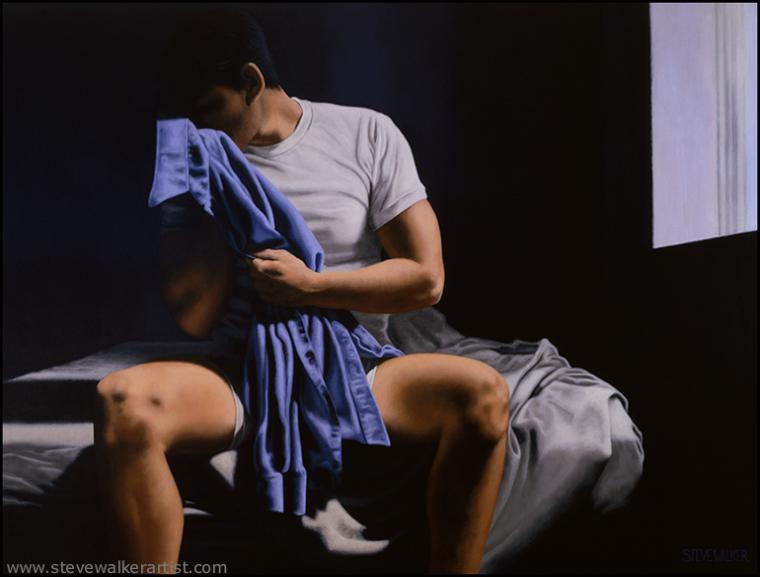.jpg)
.jpg)
.jpg)
.jpg)
.jpg)
.jpg)
.jpg)
.jpg)
.jpg)
.jpg)
.jpg)
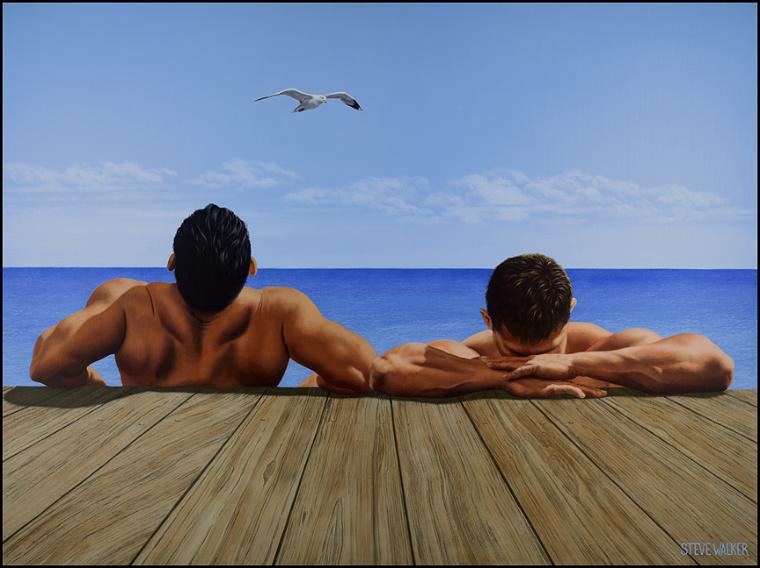.jpg)
.jpg)
.jpg)
.jpg)
.jpg)
.jpg)
.jpg)
.jpg)
.jpg)
.jpg)
.jpg)
.jpg)
.jpg)
.jpg)
.jpg)
.jpg)
.jpg)
.jpg)
.jpg)
.jpg)
.jpg)
.jpg)
.jpg)
.jpg)
.jpg)
.jpg)
.jpg)
.jpg)
.jpg)
.jpg)
.jpg)
.jpg)
.jpg)
.jpg)

.jpg)
.jpg)
.jpg)
.jpg)
.jpg)
.jpg)
.jpg)
.jpg)
.jpg)



.jpg)
.jpg)
.jpg)
.jpg)
.jpg)
.jpg)
.jpg)
.jpg)
.jpg)
.jpg)
.jpg)
.jpg)
.jpg)
.jpg)
.jpg)
.jpg)
.jpg)
.jpg)
.jpg)
.jpg)
.jpg)
.jpg)
.jpg)
.jpg)
.jpg)
.jpg)
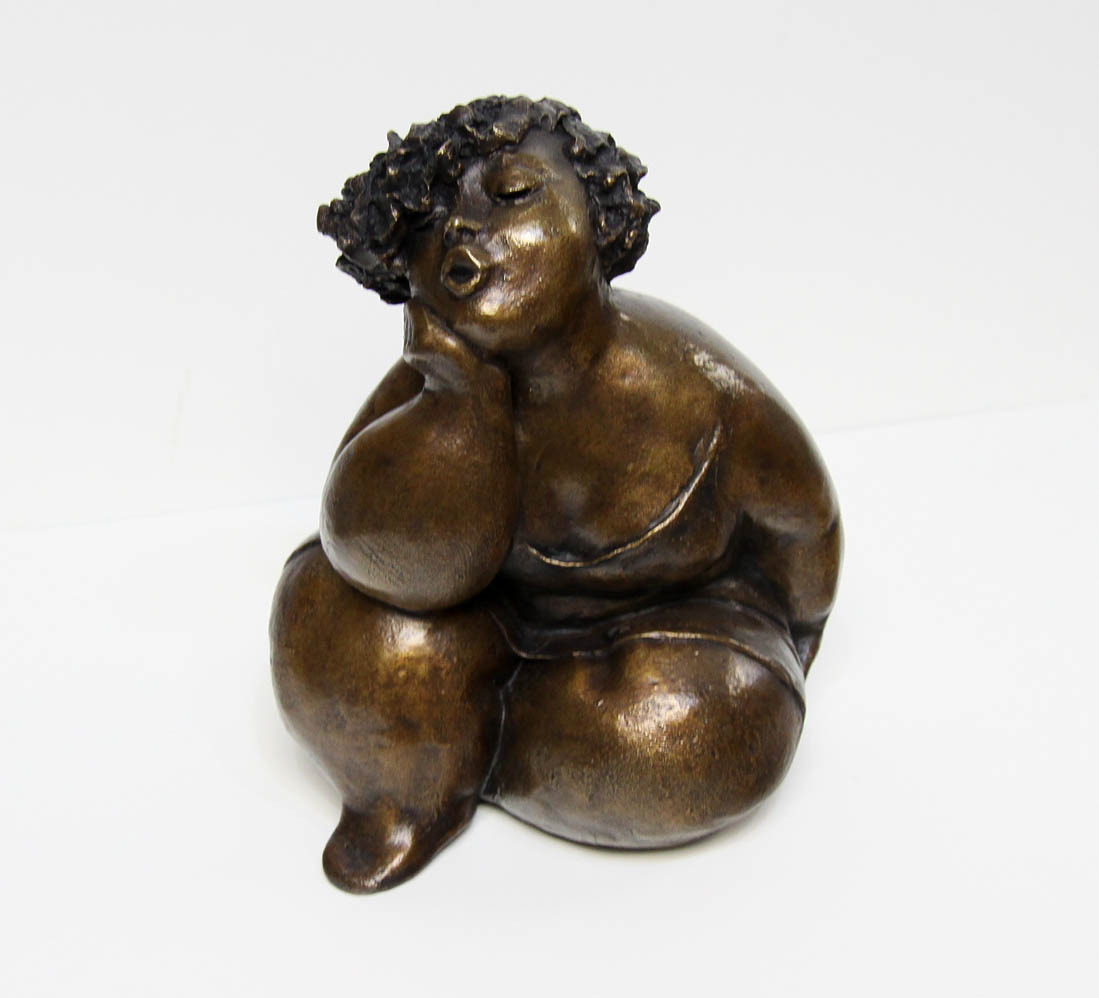
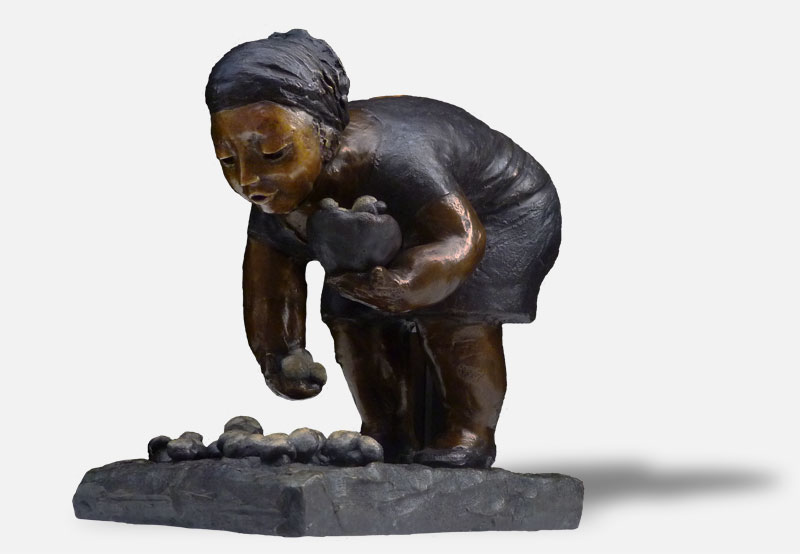
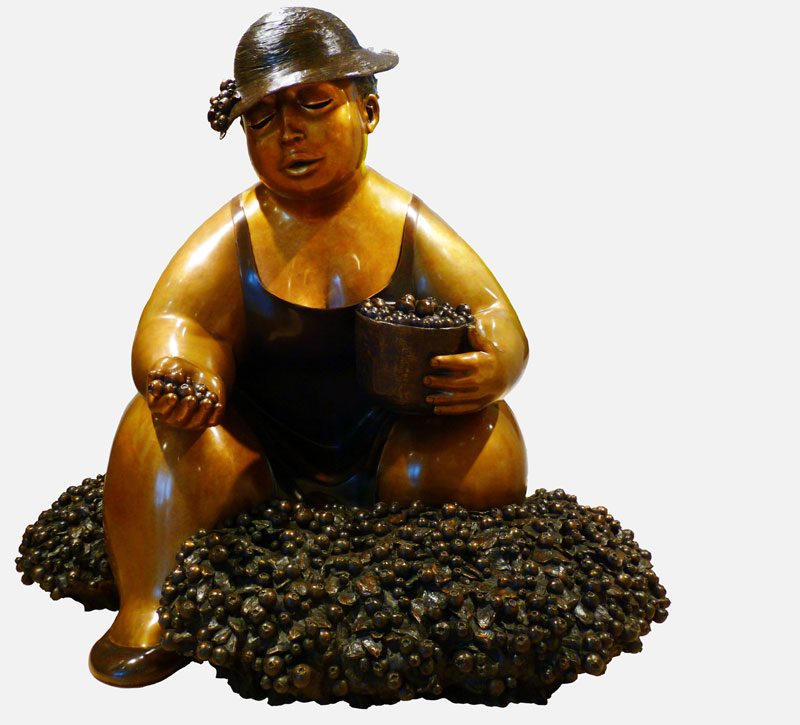

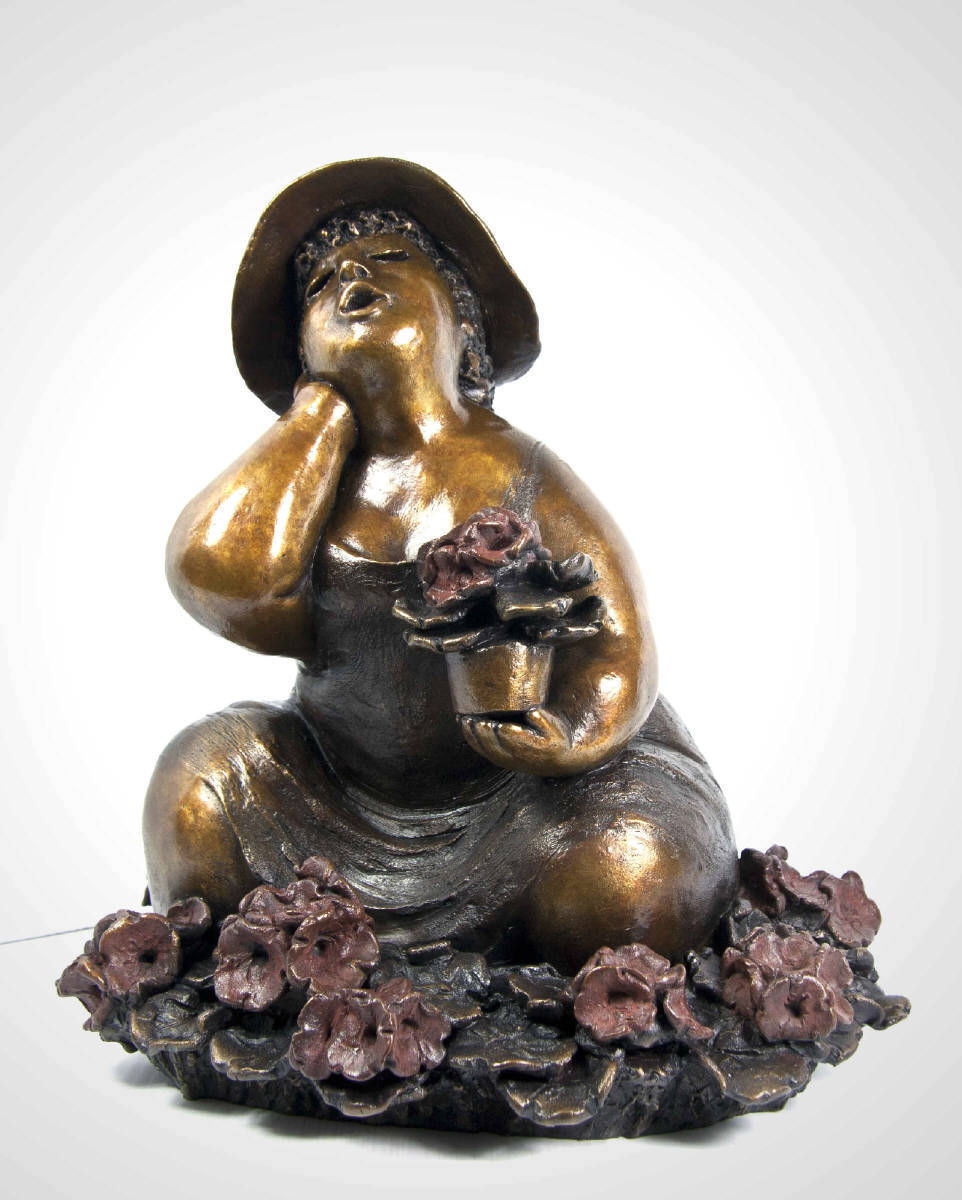
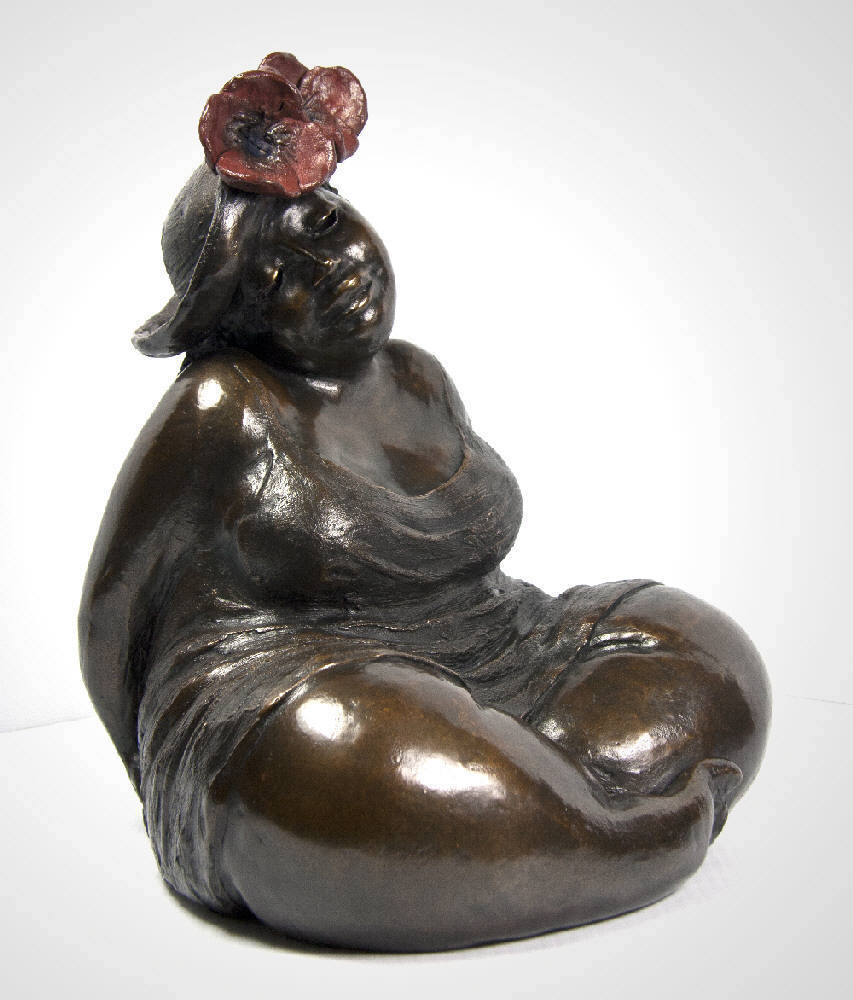


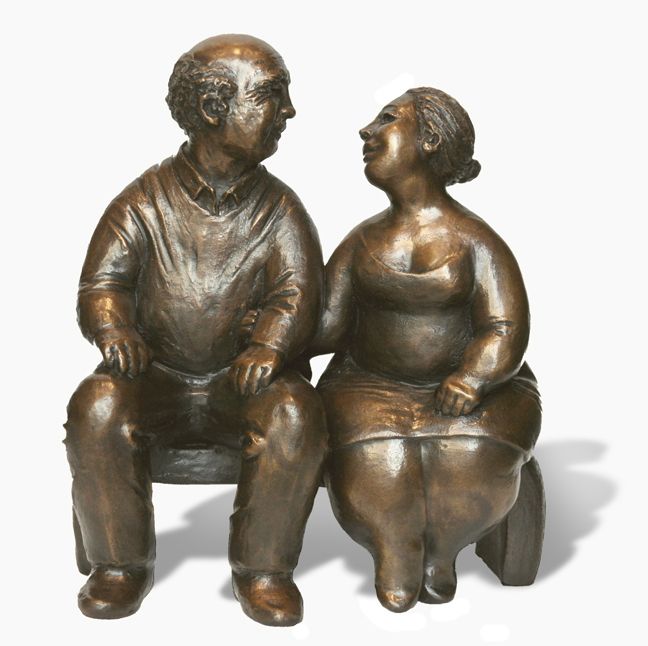
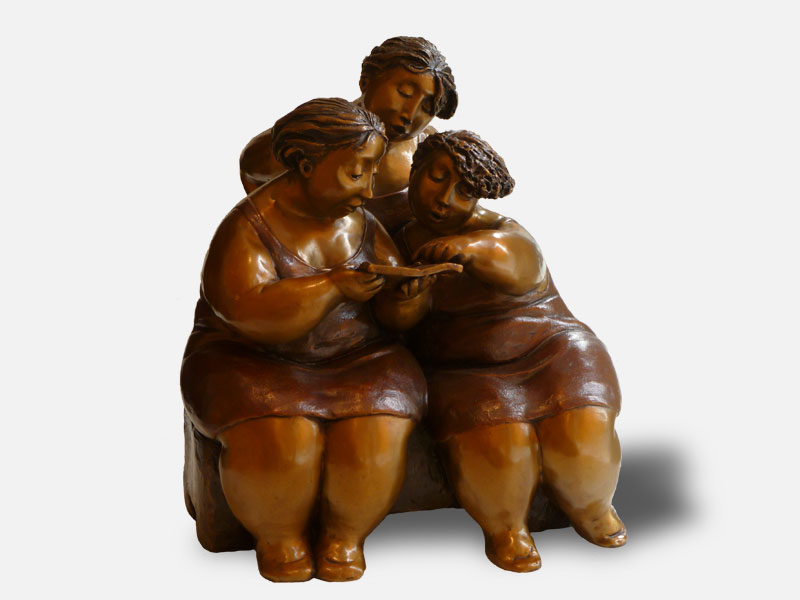
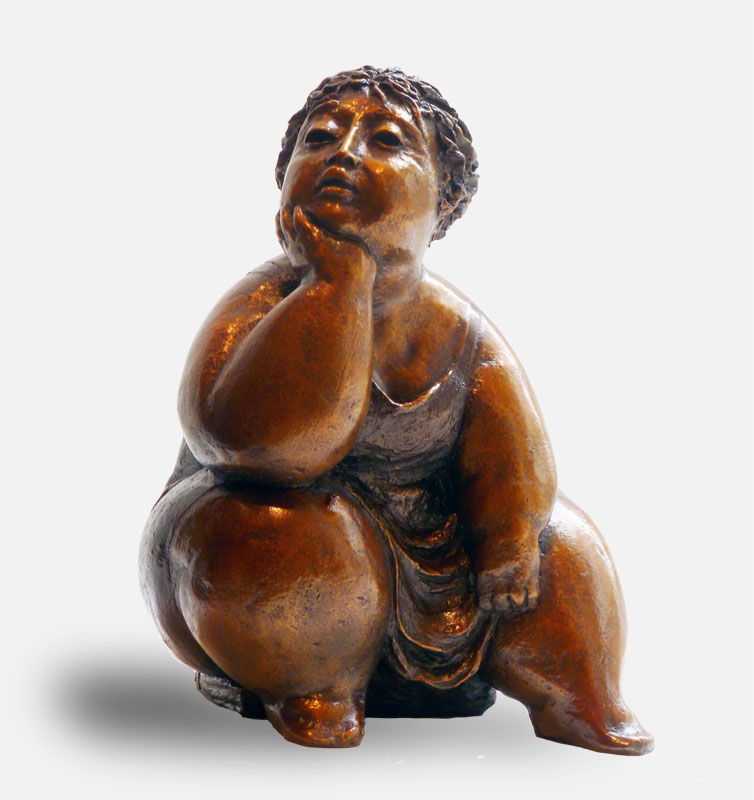

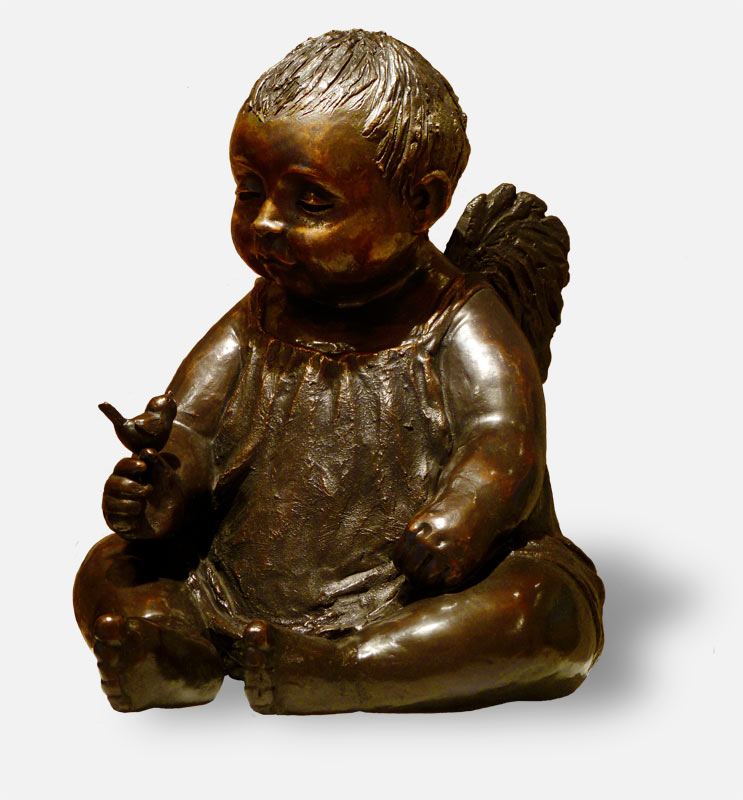

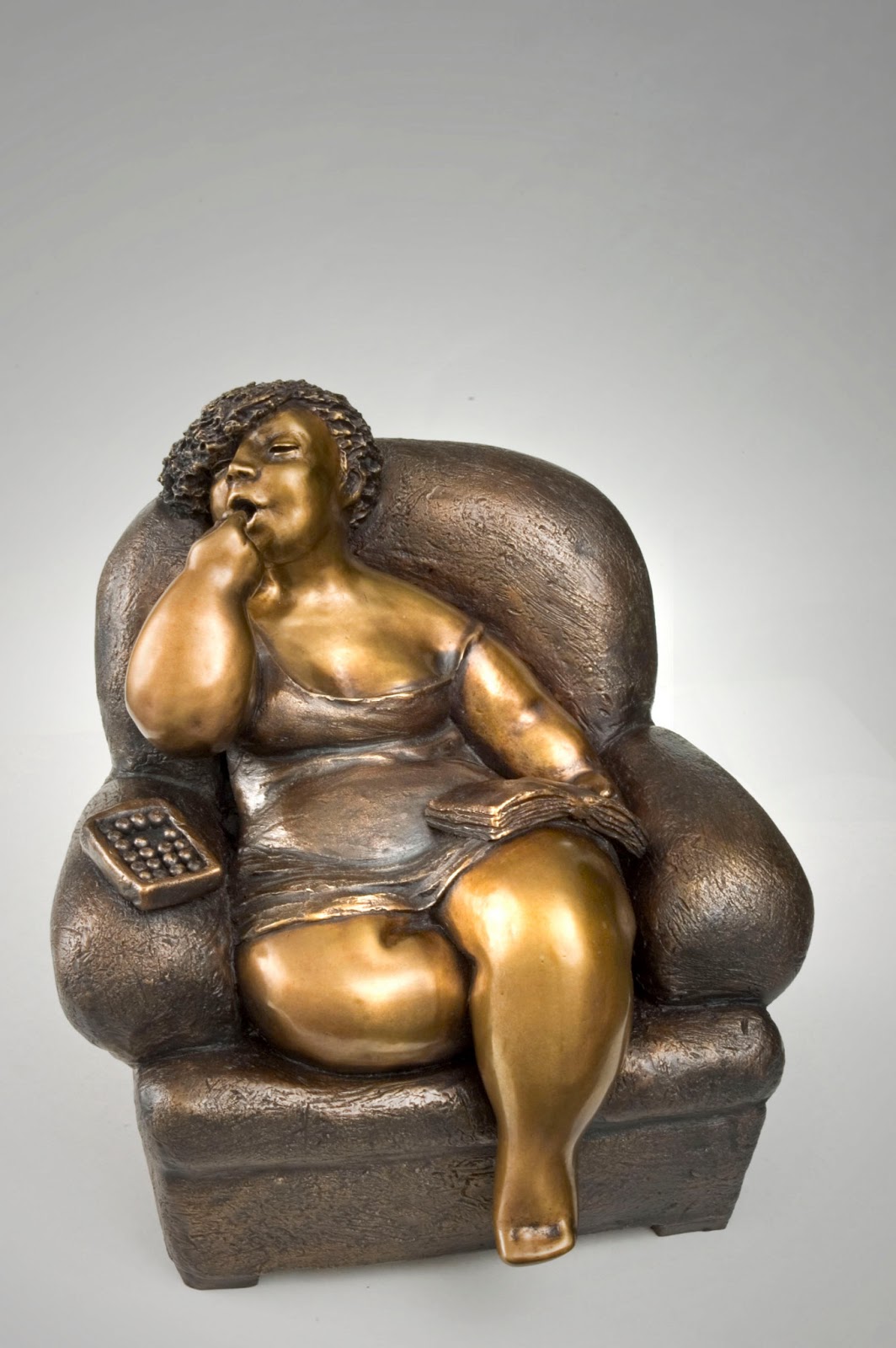


















.jpg)
.jpg)
.jpg)
.jpg)
.jpg)
.jpg)
.jpg)
.jpg)
.jpg)
.jpg)
.jpg)
.jpg)
.jpg)
.jpg)
.jpg)
.jpg)
.jpg)
.jpg)
.jpg)
.jpg)
.jpg)
.jpg)
.jpg)
.jpg)
.jpg)
.jpg)
.png)
.jpg)
.jpg)
.jpg)
.jpg)
.jpg)
.jpg)
.jpg)
.jpg)
.jpg)
.jpg)
.jpg)
.jpg)
.jpg)
.jpg)
.jpg)
.jpg)
.jpg)
.jpg)
.jpg)
.jpg)
.jpg)
.jpg)
.jpg)
.jpg)
.jpg)
.jpg)
.jpg)
.jpg)
.jpg)
.jpg)
.jpg)
.jpg)
.jpg)
.jpg)
.jpg)
.jpg)
.jpg)
.jpg)
.jpg)
.jpg)
.jpg)
.jpg)
.jpg)
.jpg)
.jpg)
.jpg)
.jpg)
.jpg)
.jpg)
.jpg)
.jpg)
.jpg)
.jpg)
.jpg)
.jpg)
.jpg)
.jpg)
.jpg)
.jpg)
.jpg)
.jpg)
.jpg)
.jpg)
.jpg)
.jpg)
.jpg)
.jpg)
.jpg)
.jpg)
.jpg)
.jpg)
.jpg)
.jpg)
.jpg)
.jpg)
.jpg)
.jpg)
.jpg)
.jpg)
.jpg)
.jpg)
.jpg)
.jpg)
.jpg)
.jpg)
.jpg)
.jpg)
.jpg)
.jpg)
.jpg)
.jpg)
.jpg)
.jpg)
.jpg)
.jpg)
.jpg)
.jpg)
.jpg)
.jpg)
.jpg)
.jpg)
.jpg)
.jpg)
.jpg)
.jpg)
.jpg)
.jpg)
.jpg)
.jpg)
.jpg)
.jpg)
.jpg)
.jpg)